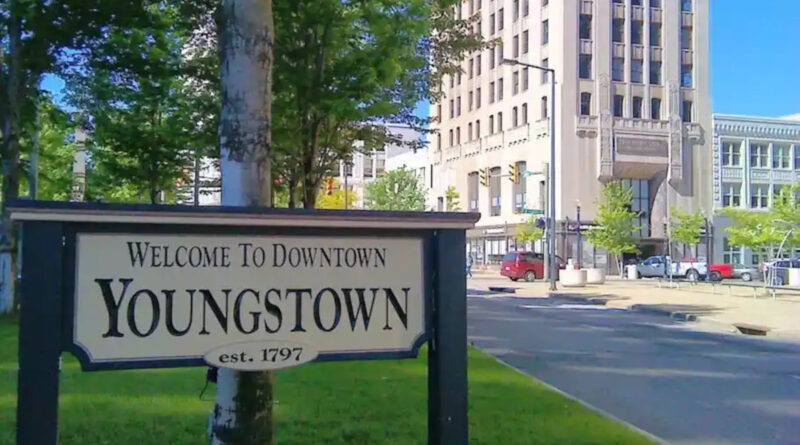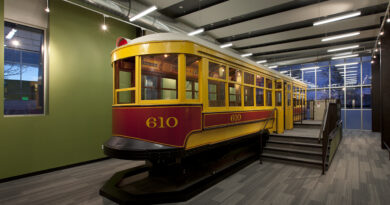History Of Youngstown Ohio
Introduction
Youngstown, Ohio, situated in Mahoning County, is a city steeped in rich history that spans centuries. From its humble beginnings as a small settlement to its rise as a prominent industrial hub, Youngstown has witnessed remarkable growth, faced challenges, and played a pivotal role in shaping the region. Join us on a journey through time as we explore the captivating history of Youngstown, Ohio.
Early Settlement and Growth in Youngstown
The history of Youngstown can be traced back to the late 18th century when John Young, a surveyor from New York, established a settlement along the Mahoning River in 1796. The area’s abundant natural resources, including coal and iron ore, laid the foundation for its future industrial success. By the mid-19th century, the city experienced rapid growth with the emergence of iron and steel industries, attracting immigrants seeking employment opportunities.
Industrialization and Steel Dominance
Youngstown’s transformation into an industrial powerhouse began in the late 19th century when the discovery of vast iron ore deposits and the arrival of railroads fueled its steel production. Companies like Youngstown Iron Sheet and Tube Company, Republic Steel Corporation, and U.S. Steel Corporation established massive mills and integrated steel plants, making Youngstown a significant player in the steel industry.
Labor Movements and Challenges in Youngstown
As the city’s industrial might grew, so did the labor movements. Youngstown witnessed several strikes and labor disputes, notably the Steel Strike of 1916 and the famous “Little Steel” Strike of 1937. These struggles were pivotal in shaping labor laws and workers’ rights in the United States. However, the city faced significant challenges during the latter half of the 20th century when the steel industry declined, leading to job losses and economic downturn.
Resilience and Economic Diversification
Despite the decline of the steel industry, Youngstown displayed remarkable resilience by embracing economic diversification. Efforts were made to attract new industries, including automotive manufacturing, healthcare, and technology sectors. The establishment of Youngstown State University in 1908 further contributed to the city’s transformation by providing educational opportunities and fostering innovation.
Youngstown Revitalization and Cultural Heritage
In recent years, Youngstown has experienced a revitalization movement, with a focus on preserving its rich cultural heritage. The city boasts a thriving arts scene, with galleries, theaters, and music festivals attracting locals and visitors alike. Historic landmarks such as the Butler Institute of American Art and the Youngstown Historical Center of Industry and Labor provide a glimpse into the city’s past, while the annual “Summer Festival of the Arts” celebrates its vibrant creative community.
Conclusion
Youngstown, Ohio, has emerged from its industrial roots as a city that embodies resilience, adaptability, and a commitment to preserving its heritage. From its early days as a small settlement to its rise as an industrial powerhouse and its subsequent revitalization, Youngstown’s history is a testament to the strength and determination of its residents. Today, the city stands as a proud reminder of its past, while embracing a future driven by innovation, culture, and community.
Discover more from City Towner
Subscribe to get the latest posts sent to your email.



